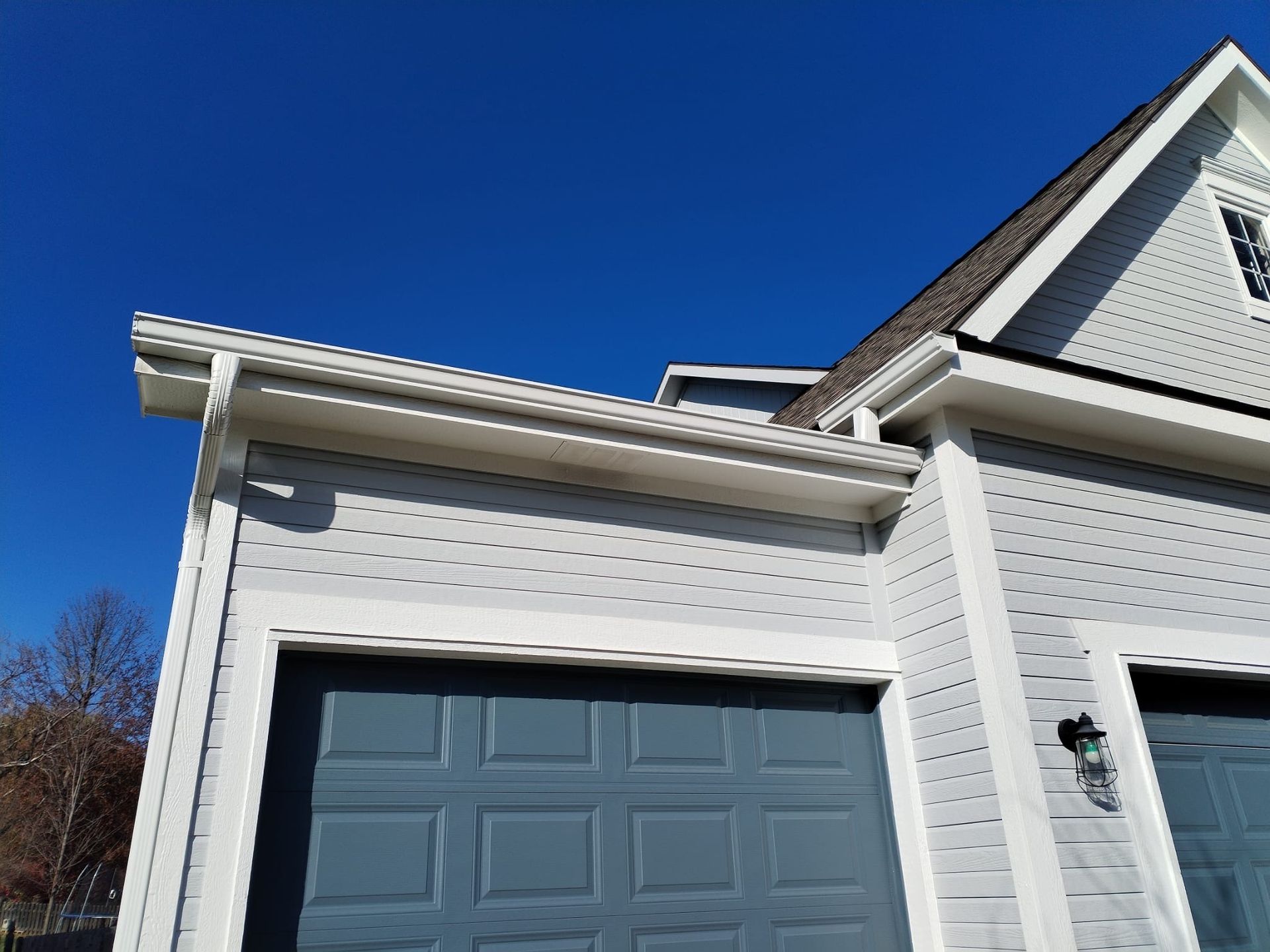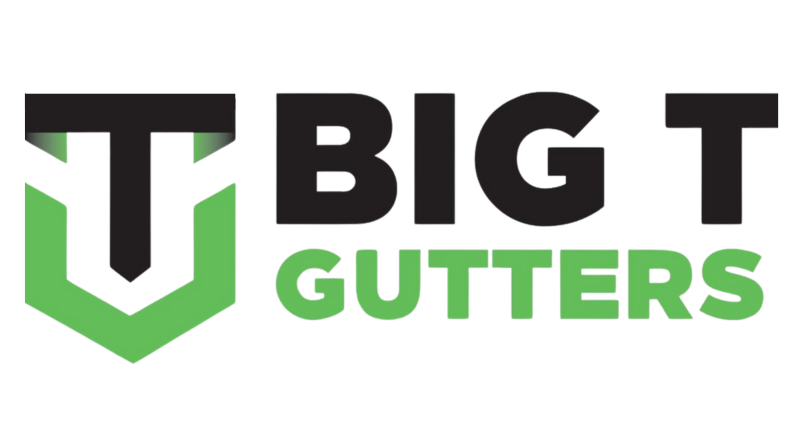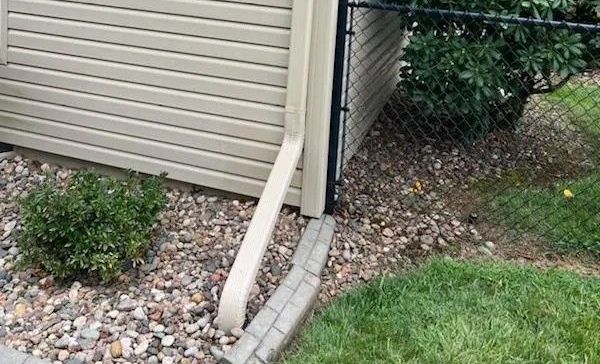Gutter Drip Edge Extender: A Complete Guide to Extending Your Roof's Lifespan

Protecting your home from water damage starts at the roof's edge, where proper drainage can make all the difference. A gutter drip edge extender is a simple yet crucial component that bridges the gap between your roof's drip edge and gutter system, ensuring water flows directly into the gutters instead of seeping behind them.
These specialized metal strips solve a common problem many homeowners face when their gutters can't be properly positioned under the roof's drip edge due to steep pitches or architectural constraints. Available in various sizes and materials, drip edge extenders typically range from 1.5 to 2.5 inches wide and feature a bent design that guides water safely into your gutter system.
Professional installation of a drip edge extender prevents costly water damage to your fascia boards, siding, and foundation. This small investment helps maintain your home's structural integrity and extends the lifespan of your gutter system by ensuring proper water management.
Key Takeaways
- Drip edge extenders bridge gaps between roof edges and gutters to prevent water damage
- Metal extensions come in various sizes to accommodate different roof pitches and configurations
- Professional installation ensures optimal water flow and protects home structural components
What Is a Gutter Drip Edge Extender?
A gutter drip edge extender is a specialized metal component that connects your roof's drip edge to the gutter system. This simple yet crucial addition helps ensure proper water flow from your roof into the gutters.
Primary Function and Purpose
Drip edge extenders bridge gaps between the roof's drip edge and gutters when standard installation isn't possible due to steep roof pitches or structural limitations. They prevent water from seeping behind gutters and damaging fascia boards.
These extensions typically measure 2-2.5 inches wide and are made from durable aluminum or galvanized steel to match existing components.
The primary goal is to create a seamless pathway for rainwater to flow directly into the gutter system, eliminating potential weak points where water might collect or misdirect.
How Drip Edge Extenders Work with Gutters
The extender attaches under the existing drip edge and extends over the back wall of the gutter. Proper installation requires positioning one edge beneath the drip edge while the other edge rests inside the gutter's back lip.
The extender must maintain a slope that matches the gutter's pitch to ensure proper water flow. A correct installation includes an extension of 1/4 to 3/4 inch into the gutter channel.
Professional installation guarantees proper alignment and prevents issues like water backing up or spilling behind the gutter system.
For maximum effectiveness, the extender should be free from debris and checked regularly during gutter maintenance.
Benefits of Installing a Gutter Drip Edge Extender
Installing a gutter drip edge extender provides essential protection for your home's structural elements while maximizing the efficiency of your water management system. These components create a crucial barrier between water and your home's vulnerable areas.
Protection Against Water Damage
A gutter drip edge extender creates a reliable shield that prevents rainwater from seeping behind your gutters and underneath roofing materials. This protection stops water from infiltrating your roof deck and causing costly structural damage.
The extender's design forces water to flow directly into the gutter channel instead of trickling down your home's exterior walls. This precise water control helps prevent basement flooding and foundation issues.
By directing water away from the roof's edge, these extenders reduce the risk of ice dams forming during winter months. This protection is especially valuable in areas with heavy rainfall or snow.
Improved Water Flow and Gutter Efficiency
Drip edge extenders optimize your gutter system's performance by ensuring proper water flow. The extended lip guides rainwater efficiently into the gutter channel, reducing splash-over during heavy storms.
These components work with your existing gutters to increase their water-handling capacity. The improved angle and extension help manage larger volumes of water without overflow.
Your gutters stay cleaner longer because the extender helps prevent debris from collecting at the roof's edge. This reduces maintenance frequency and extends the life of your gutter system.
Preservation of Fascia and Soffit
The extended overhang keeps water from making contact with your fascia boards, preventing rot and decay. This protection is crucial for maintaining the structural integrity of your roof's edge.
Paint and finish on fascia boards last longer when protected by drip edge extenders. The reduced moisture exposure helps preserve both wood and metal fascia materials.
Soffits remain dry and protected from water infiltration that can lead to mold growth and wood deterioration. This protection helps maintain proper attic ventilation.
Supporting Long-Term Home Maintenance
Regular inspections become easier with drip edge extenders in place. The visible edge allows quick identification of potential issues before they become major problems.
These components reduce the frequency of repairs needed for roofing materials and gutters. The investment typically pays for itself through decreased maintenance costs over time.
Drip edge extenders integrate seamlessly with most roofing materials and gutter styles. Their durability means they'll continue protecting your home for many years with minimal upkeep required.
Material Options for Gutter Drip Edge Extenders
Choosing the right material for your drip edge extender impacts durability, aesthetics, and long-term performance. Each material brings distinct advantages in terms of strength, weather resistance, and cost-effectiveness.
Aluminum Drip Edge Extenders
Aluminum stands as the most popular choice for drip edge extenders due to its excellent balance of durability and cost. These extenders typically come in .019 to .024-inch thickness grades.
The material resists rust and corrosion while remaining lightweight for easy installation. Most aluminum extenders feature a powder-coated finish that prevents oxidation and matches common gutter colors.
Key Benefits:
- Lightweight yet strong
- Rust-resistant
- Cost-effective
- Wide range of color options
- 20+ year lifespan
Copper Drip Edge Extenders
Copper drip edge extenders offer premium performance and develop an attractive patina over time. The material typically comes in 16-20 oz weights per square foot.
These extenders excel in coastal areas due to their superior resistance to salt spray and harsh weather conditions. The natural antimicrobial properties help prevent algae growth.
Premium Features:
- Exceptional durability
- Natural patina development
- 50+ year lifespan
- Superior weather resistance
- Enhanced curb appeal
Vinyl Drip Edge Extenders
Vinyl provides an economical solution for drip edge extension needs. These extenders work well in mild climates and offer simple installation options.
The material remains flexible during temperature changes and resists impact damage. Vinyl extenders come pre-colored and never need painting.
Important Considerations:
- Budget-friendly option
- UV-resistant formulations available
- 10-15 year average lifespan
- Limited color selection
- Best for moderate climates
Installation and Maintenance Tips
Proper installation and regular maintenance of gutter drip edge extenders protect your home from water damage while maximizing their effectiveness. Following industry best practices ensures a watertight seal and long-lasting performance.
Preparation and Measurement
Measure the total length of your gutters and add 10% extra for overlap cuts. Purchase aluminum or vinyl drip edge material rated for your climate zone.
Required Tools:
- Tin snips
- Measuring tape
- Pencil
- Safety gloves
- Work ladder
- Power drill
- Roofing nails
- Level
Check the fascia board for any rot or damage before installation. Replace damaged sections to ensure a solid mounting surface.
Mark your measurements clearly on both the drip edge material and gutters. Pre-drill mounting holes every 24 inches.
Step-by-Step Installation Overview
Remove existing gutter fasteners and pull gutters slightly away from the fascia board.
Clean the installation area thoroughly, removing debris and old caulk.
Insert the drip edge under the first row of shingles and over the back edge of the gutter. The edge should extend 1/4 to 3/4 inch into the gutter.
Secure the drip edge with roofing nails every 12 inches along the roof line. Use corrosion-resistant screws to reattach the gutter through the drip edge.
Test the installation by spraying water on the roof. Check for proper drainage and adjust if needed.
Routine Maintenance and Inspections
Check drip edge connections every spring and fall during gutter cleaning.
Look for these potential issues:
- Loose fasteners
- Rust or corrosion
- Separation from fascia
- Bent or damaged sections
Clean debris from the drip edge channel monthly during peak leaf-falling seasons.
Apply a rust-inhibiting coating to metal drip edges every 2-3 years to prevent deterioration.
Replace any sections showing significant wear or damage immediately to prevent water infiltration behind the gutters.
Test water flow after heavy storms to ensure proper drainage continues.
You might also like



